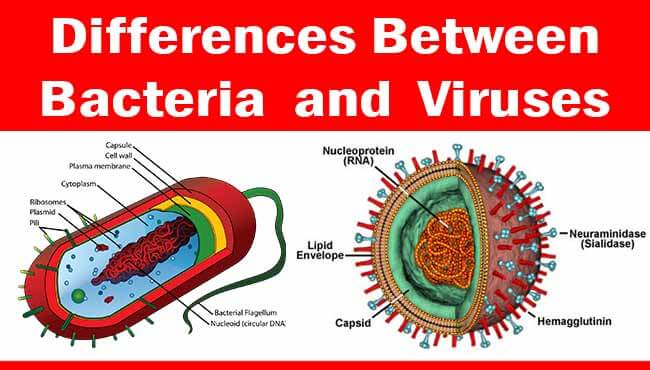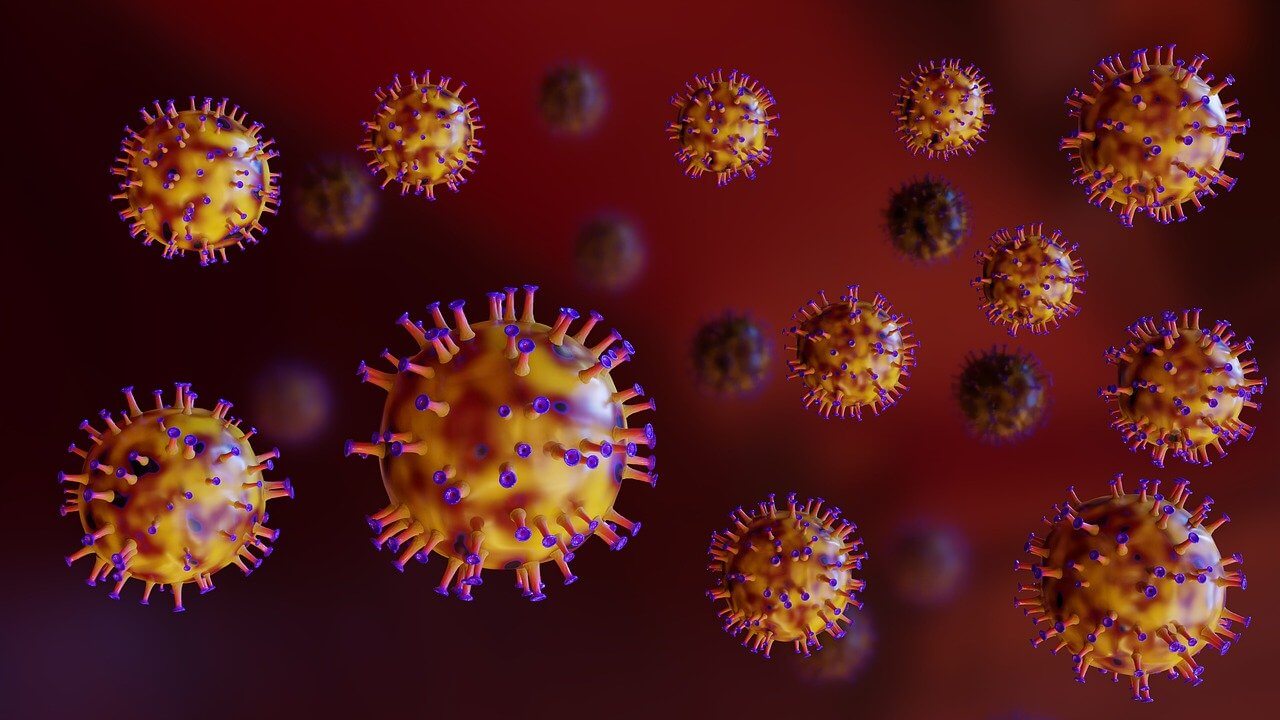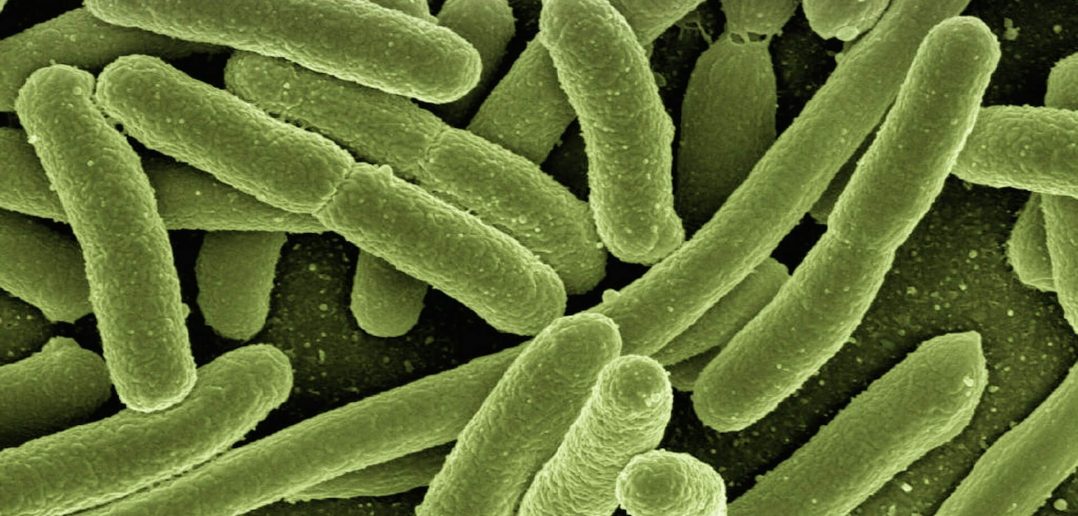What is definition of Bacteria and Viruses? What are the properties, facts, similarities and differences of Bacteria and Viruses.

Bacteria
Many diseases that afflict animals and plants are caused by the vegetable germs called bacteria. Tuberculosis, leprosy, diphtheria, anthrax and other diseases of animal life are due to these tiny germs.
Bacteria cause harm by stealing their food from the body in which they live and by producing waste products called toxins which poison the system. A toxin, however, causes certain body cells to produce a substance called an anti-toxin, and if the anti-toxin is produced quickly and there is enough of it, the germ poison is made harmless and in due course the patient gets well.

Bacteria
For centuries diphtheria was one of the most dreaded of all diseases and killed great numbers of people, especially children, every year. It was shown that it could be spread from one person to another by cups and other articles that the patient had used. Two scientists called Edwin Klebs and Friedrich Loeffler discovered the germ that causes the disease, and in 1884 it was first grown outside the human body in a laboratory. Four years later it was proved that the germ produces a toxin that also causes many symptoms of the disease if it is injected into animals.
Tuberculosis, is caused by a bacterium called bacillus tuberculosis, and it was this germ that Koch discovered in 1882.
Viruses
Many medical discoveries in recent years deal with viruses, which are too small to be seen even with the most powerful microscopes. They have, however, been photographed with what is known as the electron microscope, and they look much like other germs. They are so small that they pass through extremely fine filters that hold back other germs. Virus is a word meaning poison.
Because they are so tiny, scientists do not yet know whether viruses are vegetable or animal, but they are known to be alive and to cause disease. Virus diseases do not all show the same symptoms and as the different diseases are passed on from one patient to another in different ways, it is assumed that there is a separate virus for each virus-caused disease.

Viruses
Measles, chickenpox, poliomyelitis, smallpox, influenza and the common cold are known ta be caused by viruses, and so are certain animal diseases such as foot-and-mouth disease, sheep pox, cattle plague and rabies. Many plant diseases are caused by viruses, and there are even viruses that cause disease in bacteria.
It is very difficult to trace these tiny germs, and so scientists often have trouble in dealing with the diseases that they cause. Several times there was a report that the cause of influenza had been discovered, but it was not until 1941 that it was certain that it was a virus.
Work is still going on to find a reliable method of preventing or curing the common cold.
Differences
Here’s the information regarding the differences between bacteria and viruses:
- Definition:
- Bacteria: Bacteria are single-celled microorganisms that have their own cellular structure and can live in various environments.
- Viruses: Viruses are microscopic infectious agents that cannot replicate on their own and require a host cell to multiply.
- Structure:
- Bacteria: Bacteria are complex cells with a cell wall, cell membrane, and genetic material (DNA or RNA) enclosed in a nucleus.
- Viruses: Viruses are much smaller and simpler structures consisting of genetic material (DNA or RNA) enclosed in a protein coat called a capsid.
- Reproduction:
- Bacteria: Bacteria reproduce through binary fission, a process where one bacterium divides into two identical daughter cells.
- Viruses: Viruses cannot reproduce independently. They invade host cells and use the cellular machinery to replicate their genetic material and produce new virus particles.
- Response to Antibiotics:
- Bacteria: Bacterial infections can often be treated with antibiotics that target specific bacterial structures or metabolic processes.
- Viruses: Viral infections do not respond to antibiotics since viruses lack their own cellular machinery. Antiviral medications are used to manage viral infections.
- Mode of Infection:
- Bacteria: Bacterial infections can be transmitted through direct contact, contaminated food or water, inhalation of airborne droplets, or insect bites.
- Viruses: Viral infections typically spread through direct contact, respiratory droplets, contaminated surfaces, or vectors like mosquitoes.
- Host Range:
- Bacteria: Bacteria can infect a wide range of hosts, including humans, animals, plants, and even other bacteria.
- Viruses: Viruses exhibit a specific host range, often targeting a particular species, tissue, or cell type.
- Antibiotic Resistance:
- Bacteria: Bacteria have the ability to develop resistance to antibiotics through genetic mutations or acquiring resistance genes from other bacteria.
- Viruses: Since viruses rely on host cells for replication, they do not develop resistance to antiviral drugs. However, viral strains can evolve and become more virulent or drug-resistant over time.
Understanding these differences between bacteria and viruses is crucial for appropriate diagnosis, treatment, and prevention strategies when dealing with bacterial or viral infections.
